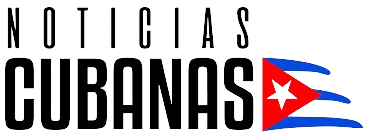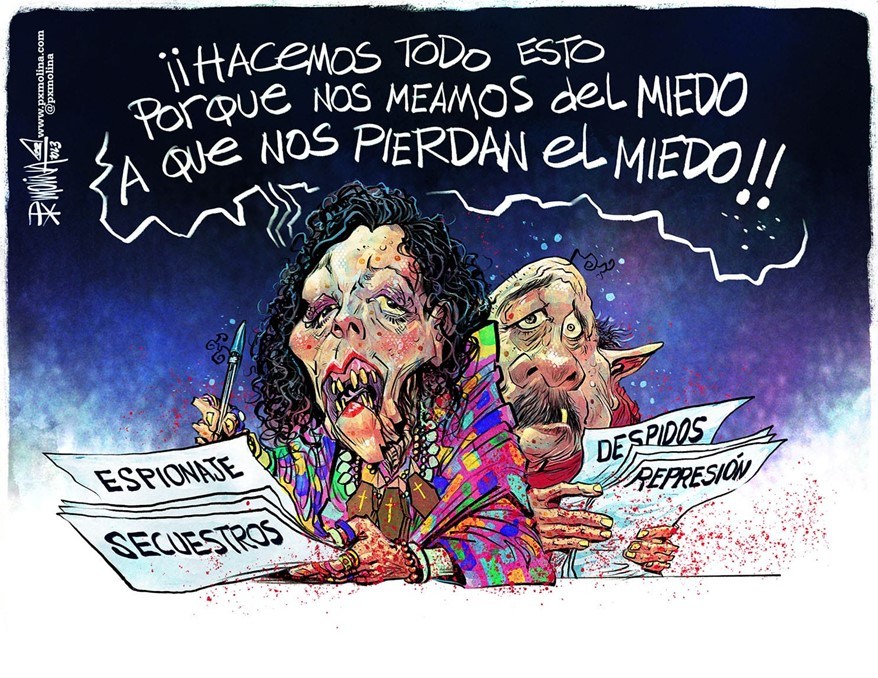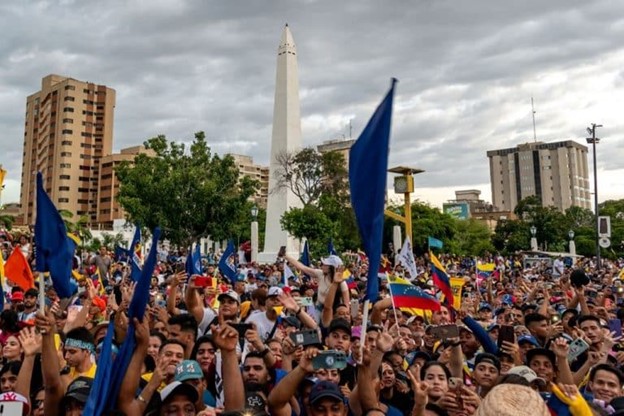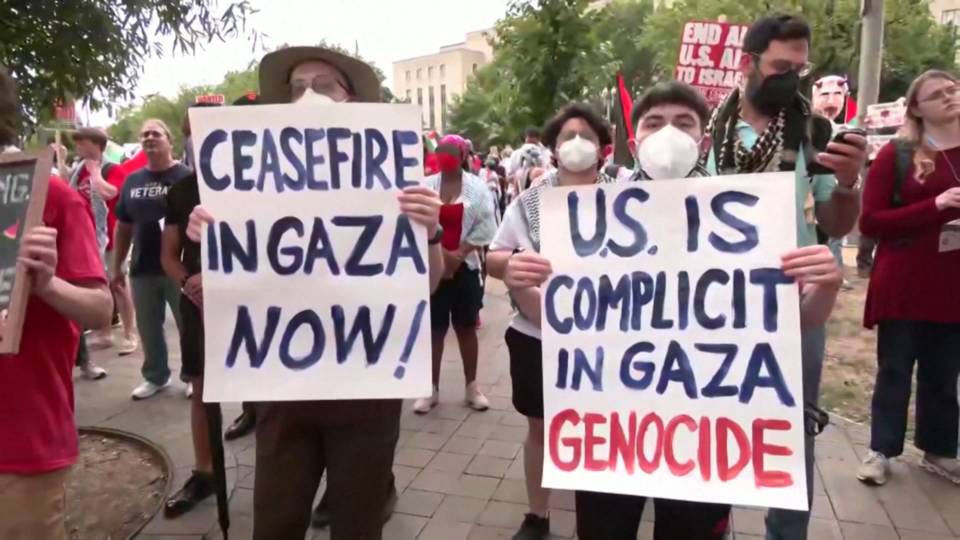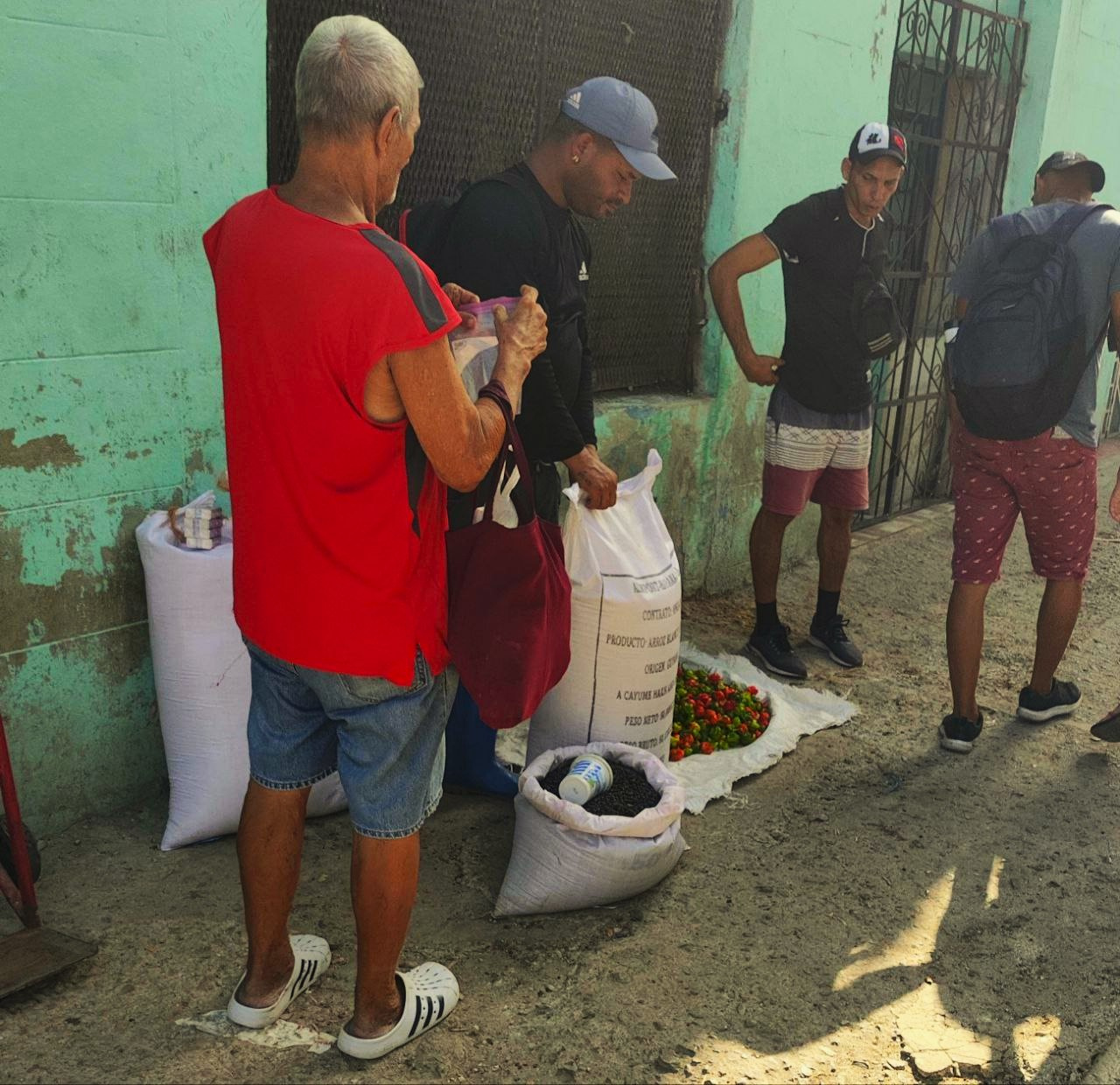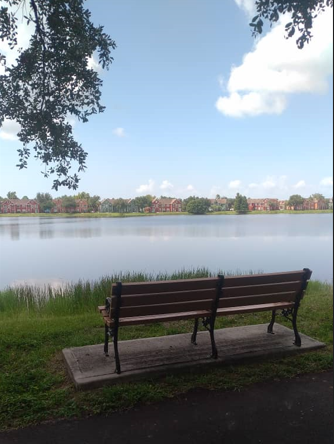
The civil war in Nicaragua did not end through the force of arms in 1990 but through negotiations.
By Matthias Schindler (Confidencial)
HAVANA TIMES – On December 21, 1983, exactly forty years ago, my feet touched Nicaraguan soil for the first time. A spontaneous encounter would turn into an intimate connection that, over four decades, has experienced the most unexpected ups and downs. The Sandinista Revolution (1979-1990) was an attempt to combine social justice with political freedom and to reconcile Marxism with Christianity.
For those of us who visited Nicaragua during that time, it was almost impossible not to be infected by the enthusiasm of the humble people who sought to contribute to shaping this project with all their imagination and energy, even willing to make great sacrifices. Far beyond Nicaragua, the “Sandinista model” fueled hope for a new society beyond imperial capitalism and petrified socialism.
I have devoted a significant part of my political energy and life to this country and its people. After forty years, all that remains of this relationship and the ideals associated with it is a pile of rubble. A pair of dictators —Daniel Ortega and Rosario Murillo— have established an oppressive regime for which there are no truly adequate adjectives.
Almost all critical voices in Nicaragua have either been exiled or imprisoned; many have been stripped of their citizenship, their properties confiscated, their pensions canceled, their entries in the civil registry erased. As legal entities, they have been eliminated. Basic human rights and political rights have been abolished. The victims of this repression have no way to communicate freely, either within the country or internationally. What remains of the Sandinista National Liberation Front (FSLN) is a mafia-like family dynasty.
Forty years ago, I traveled to Nicaragua as part of a work brigade to sup

